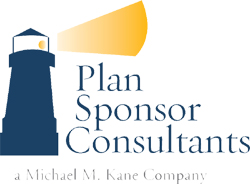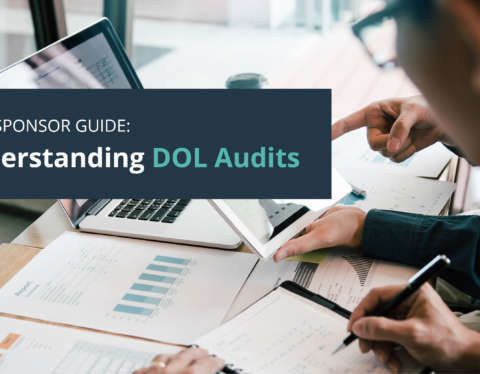 Simply stated, benchmarking is the process of reviewing and evaluating your company retirement plan. It involves taking a look at what you are offering your employees today and deciding if it’s appropriate or needs some updating. There are four main areas to focus on when assessing your retirement plan:
Simply stated, benchmarking is the process of reviewing and evaluating your company retirement plan. It involves taking a look at what you are offering your employees today and deciding if it’s appropriate or needs some updating. There are four main areas to focus on when assessing your retirement plan:
- Plan Design
- Service Providers
- Funds
- Fees
Each aspect of your plan requires a slightly different set of questions and documented responses. To go into detail about each section, we will break this into a two-part series, beginning with Plan Design and Service Providers; but don’t worry, we will discuss Funds and Fees in a separate article. Below we are going to share some best practice questions to help you get started on your benchmarking analysis.
PLAN DESIGN
When you think about it, plan design is your plan’s framework; it is like the chassis of the vehicle. Do you think all car frames are the same? Probably not. They vary depending on the type of the vehicle (pickup truck, SUV, cargo van, 18-wheeler, or sports car). The same is true for your retirement plan, the frame (or plan design) must be able to support your end goal. When it comes to 401(k) plan design, some important considerations include:
- Who is eligible to join the plan?
- Age?
- Length of employment?
- Are employees automatically enrolled?
- What type of accounts can employees use for savings?
- Pre-tax
- Roth
- Is there a company contribution to employees?
- Which employees?
- How is the company sharing the money?
- Required?
- Not required?
- Encouraged, based on employee savings?
- If an employee leaves, what happens to their account?
- What is the vesting schedule?
- If their account is under a $1,000, does the employee receive an automatic distribution?
- If their account is between $1 – 5k, is it automatically rolled into an IRA?
- If the account is over $5k, what procedures are in place to keep track of the former employee?
- What about the required Form 5500 tests?
- Did we pass?
- Great! But, could we be more efficient?
- Did we fail?
- Next time, how can we avoid corrective distributions?
- How can use the 401(k) plan be used to reward, retain, and recruit top employee talent?
- Did we pass?
Once the plan design is aligned to meet the needs of the company and provide a competitive offering to employees, the chassis is set. But don’t worry, no matter what your plan design framework is like today, it can always be updated – it just may take some professional retooling.
SERVICE PROVIDERS
Staying with the car analogy, your recordkeeper is like the make or name brand of the car. Is it a Honda, BMW, Lexus, Toyota, Ford, Audi, Chevy, Porsche, or another vehicle brand? We are saying it’s the brand because most of the time when an employer is asked, “where is your plan?” they respond with the name of the recordkeeper. For example, “where is your plan?” “It’s at John Hancock.” “It’s at Voya.” “It’s at Fidelity” just to name a few recordkeeper examples.
Just as car manufacturers produce different models of vehicles, the same is true of recordkeepers. Just because two employers have two retirement plans with John Hancock does not mean that they are the same. Instead, they could have different platforms, investments, costs, service models, advisors, plan design and more. The same recordkeeper name does not mean the same plan. Which is why, it is important for employers to ask questions and find out more information about what is available.
Questions to ask:
- What products and platforms do you offer?
- Are there price breaks or concessions based on our plan size?
- What services are we paying for? Could you provide a list?
- Have you made any technological enhancements to your service?
- Uploading contribution files
- Seamless payroll integration
- Online account access
- Cybersecurity, encryption, and fraud prevention
- What other interesting advancements has your firm made that we should be aware of?
This is not a complete list of questions to ask your recordkeeper; however, it is a start. The important thing to remember is that if you don’t like the responses – just like shopping for a new car – you can always walk down to the next lot and see what else is available.
Overall, the goal of an employer-sponsored retirement vehicle is to get your employees into a suitable car with appropriate features that give them the gas and ability to drive towards a successful retirement destination.


